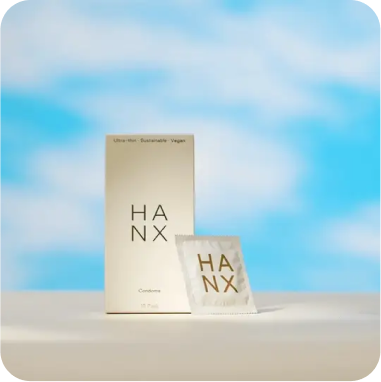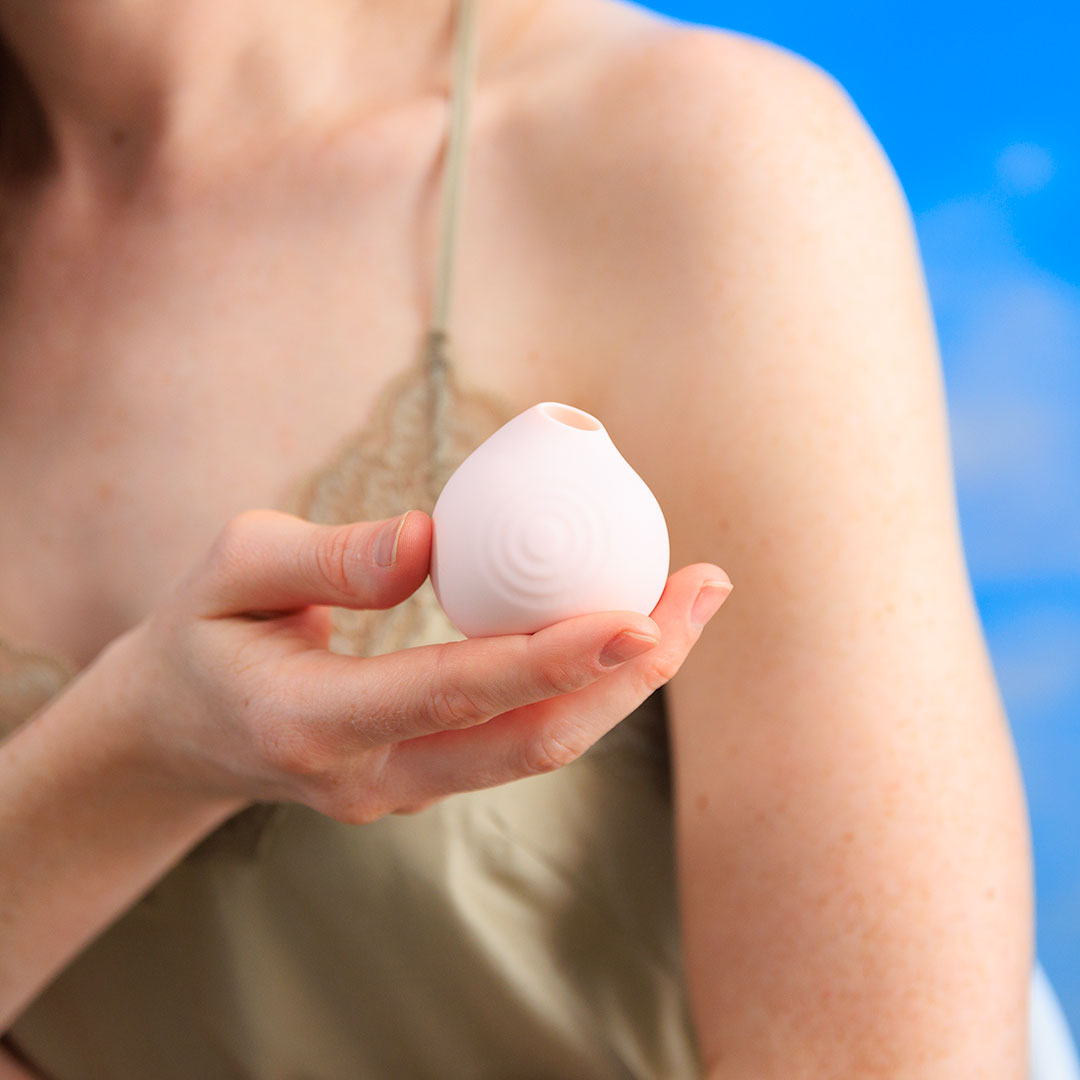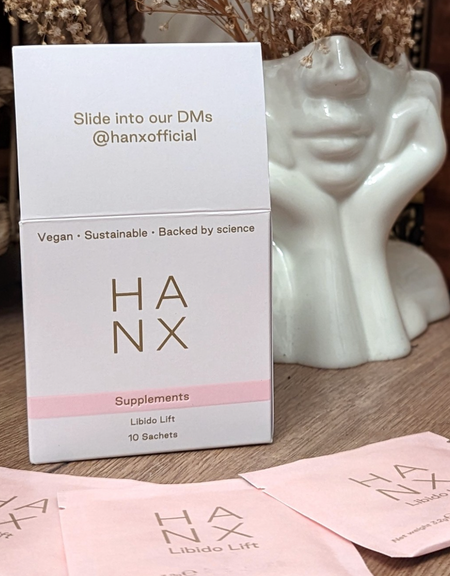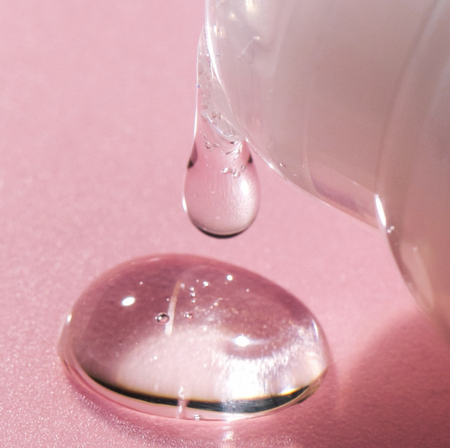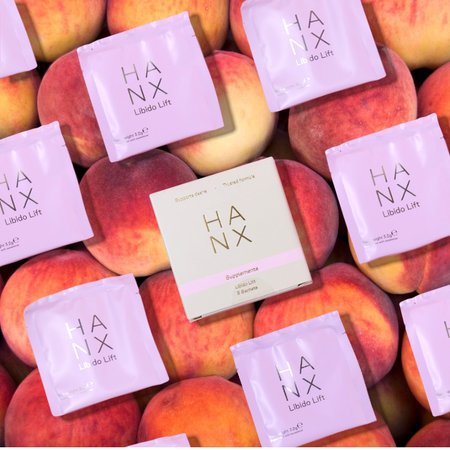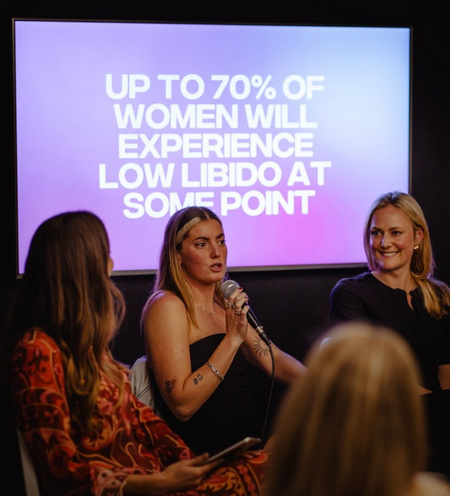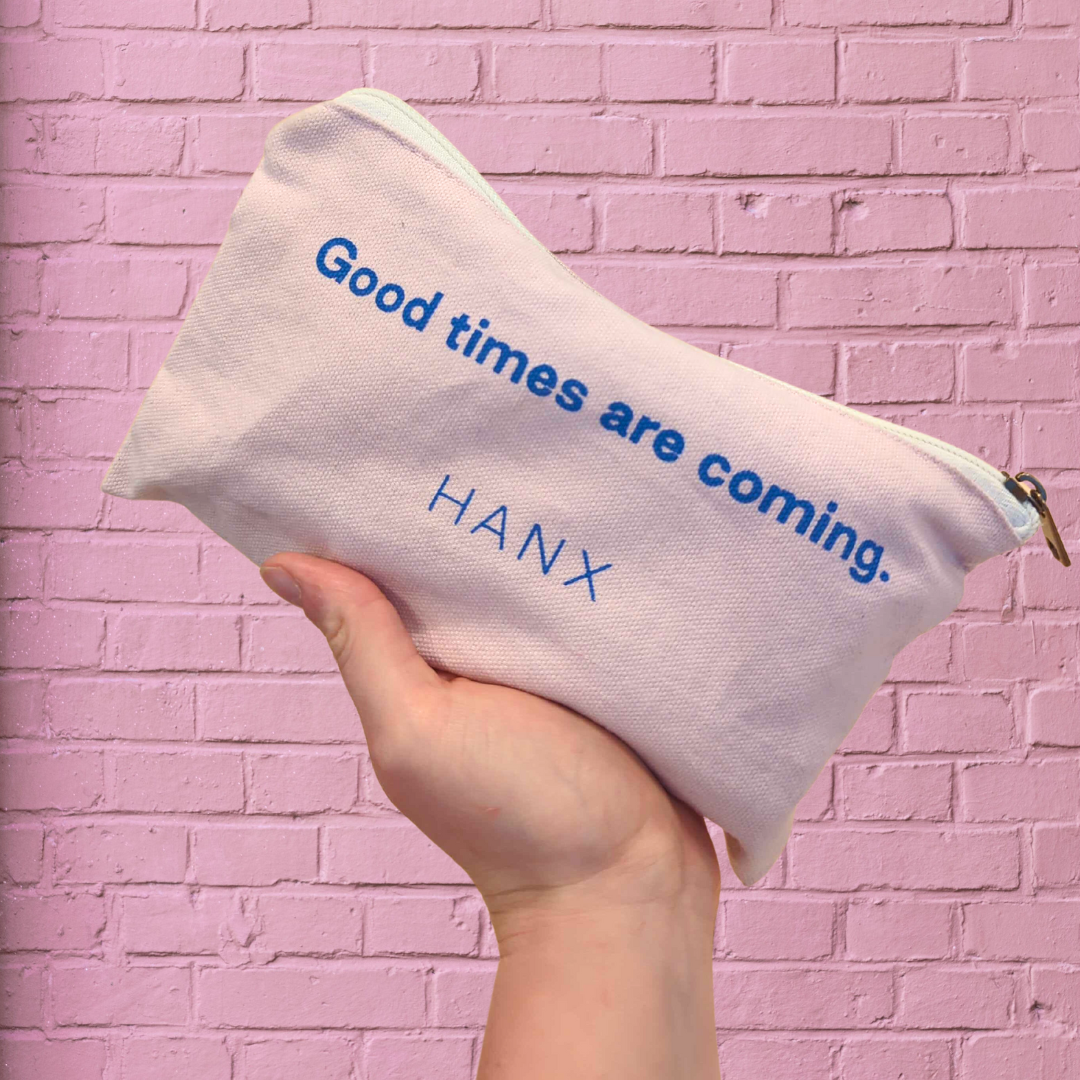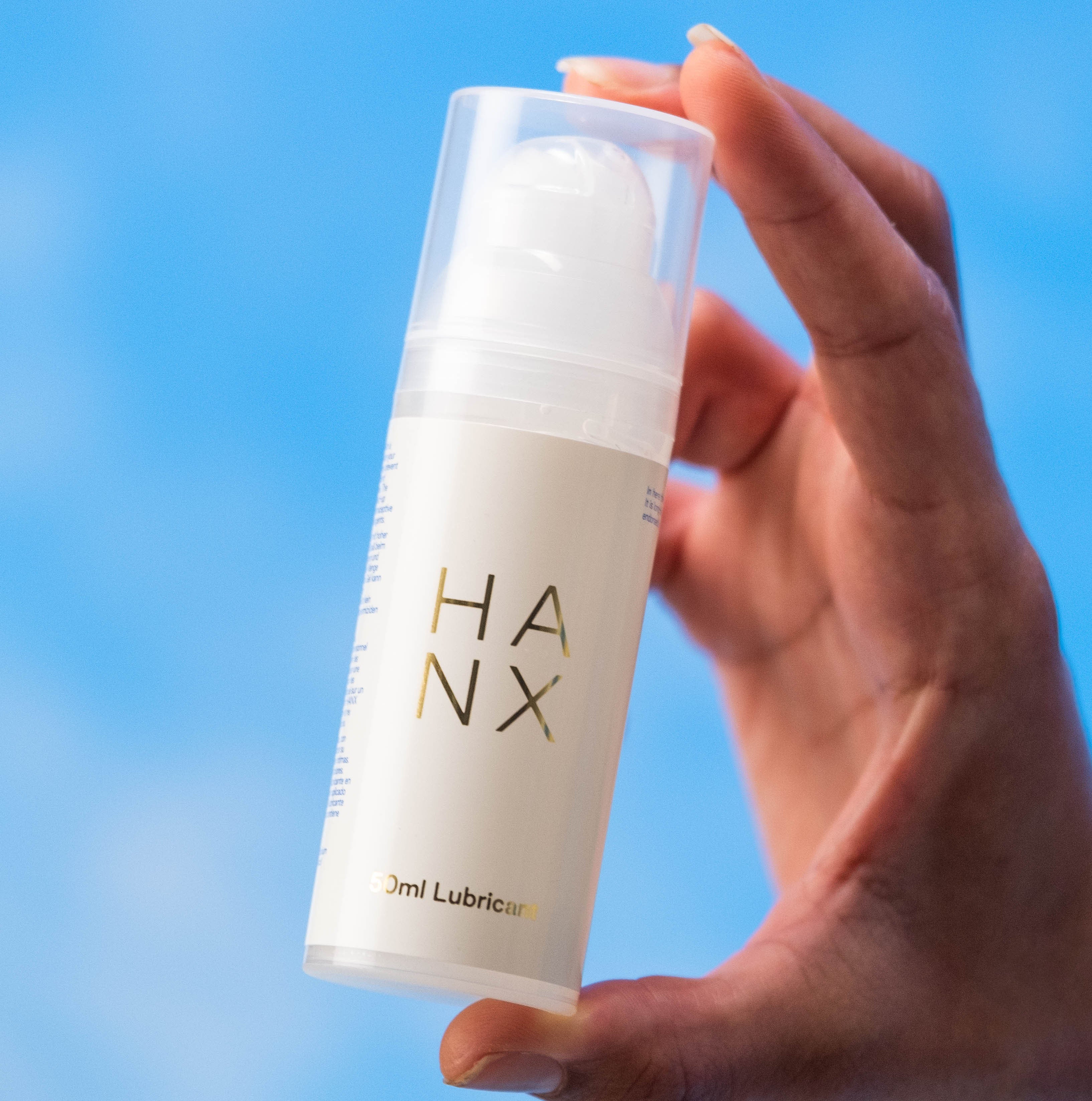Your Complete Guide to Pride Flags: What Each One Means and Why They Matter
Pride Month is here, and whether you're seeing rainbow flags flying high or discovering new designs you haven't encountered before, you might be wondering what they all represent.
We’re going to explore all the colourful world of pride flags, what they mean, and why each one matters in our ongoing journey toward equality.
The Original Rainbow Flag: Where It All Started
The iconic rainbow flag, created by Gilbert Baker in 1978, remains the most recognisable symbol of LGBTQ+ pride. Originally featuring eight stripes (including hot pink and turquoise), today's six-stripe version represents:
-
Red: Life
-
Orange: Healing
-
Yellow: Sunlight
-
Green: Nature
-
Blue: Harmony
-
Purple: Spirit
This flag represents the entire LGBTQ+ community and continues to be a powerful symbol of love, diversity, and pride worldwide.
The Progress Pride Flag
Daniel Quasar's Progress Pride Flag (2018) builds on the original rainbow design by adding a chevron featuring black, brown, light blue, pink, and white stripes. This thoughtful addition highlights:
-
Black and Brown: LGBTQ+ people of colour and those lost to HIV/AIDS
-
Light Blue, Pink, White: The transgender community
-
The Arrow Shape: Progress and moving forward
This flag acknowledges that the fight for equality must include everyone, particularly those who face multiple forms of discrimination.
Transgender Pride Flag
Created by Monica Helms in 1999, the transgender pride flag features:
-
Light Blue: Traditional colour for boys
-
Pink: Traditional colour for girls
-
White: Those who are transitioning, non-binary, or consider themselves having a neutral gender
The symmetrical design means it looks correct no matter how it's flown, symbolising finding correctness in your own life.
Bisexual Pride Flag
Michael Page designed the bisexual flag in 1998 to increase visibility within both straight and gay communities:
-
Pink: Same-sex attraction
-
Purple: Attraction to both sexes (where pink and blue overlap)
-
Blue: Opposite-sex attraction
This flag challenged the misconception that bisexuality doesn't exist or is just a "phase."
Lesbian Pride Flag
The current lesbian flag, popularised around 2018, features seven stripes representing the diversity within lesbian identity:
-
Dark Orange: Gender non-conformity
-
Orange: Independence
-
Light Orange: Community
-
White: Unique relationships to womanhood
-
Pink: Serenity and peace
-
Dusty Pink: Love and sex
-
Dark Rose: Femininity
Pansexual Pride Flag
The pansexual flag represents attraction to people regardless of gender:
-
Pink: Attraction to women
-
Yellow: Attraction to non-binary people
-
Blue: Attraction to men
This flag celebrates love that transcends gender boundaries entirely.
Asexual Pride Flag
The asexual flag acknowledges the spectrum of asexual experience:
-
Black: Asexuality
-
Grey: Grey-asexuality and demi-sexuality
-
White: Non-asexual partners and allies
-
Purple: Community
Non-Binary Pride Flag
Created by Kye Rowan in 2014:
-
Yellow: Gender outside the binary
-
White: Many or all genders
-
Purple: Genders between male and female
-
Black: Lack of gender
Why These Flags Matter
Each flag tells a story of resilience, identity, and the human need to be seen and understood. They're not just pretty designs; they're symbols of survival, community, and hope. For many people, seeing their flag flying proudly can be the difference between feeling alone and feeling part of something bigger.
How to Show Your Support
Supporting the LGBTQ+ community goes beyond flying a flag (though that's important too). Here are meaningful ways to show up:
-
Educate yourself about LGBTQ+ issues and experiences
-
Use inclusive language and correct pronouns
-
Support LGBTQ+ businesses and organisations
-
Speak up against discrimination when you witness it
-
Listen to and amplify LGBTQ+ voices
The Future of Pride
As our understanding of gender and sexuality continues to evolve, so do the symbols that represent these experiences. New flags emerge as communities seek visibility and recognition, and that's exactly as it should be. The goal isn't to memorise every flag (though we love that you're trying!) – it's to approach each person with respect, curiosity, and kindness.
This Pride Month, whether you're celebrating your own identity or supporting others in their journey, remember that every flag represents real people with real stories. Behind every stripe and colour is someone's experience of finding themselves, their community, and their place in the world.
Want More?
-
From Stonewall to Self-Love: How Pride Paved the Way for Sexual Wellness. Read the full story here.
-
It's Pride Month, we dive deep into 'What is Sexuality?'
-
Looking for a good film to watch this pride month? Check out our top 10 bi-awakening films.
